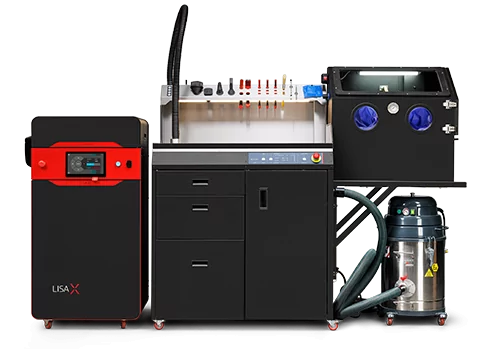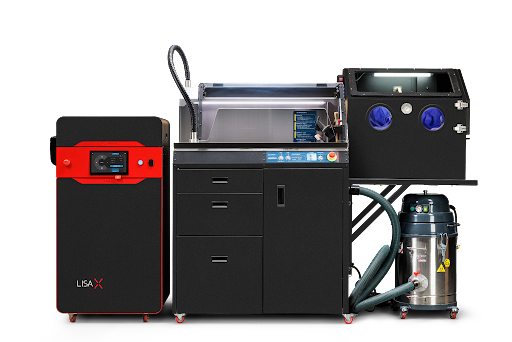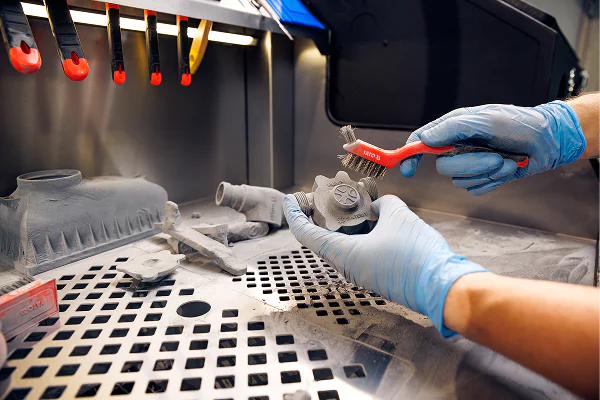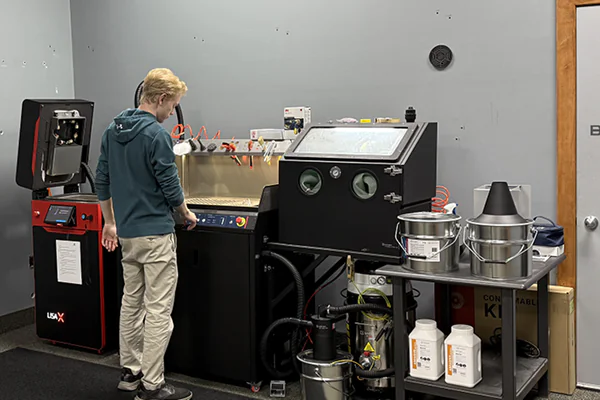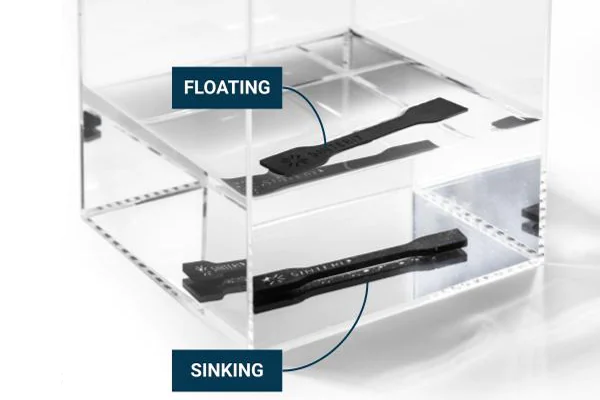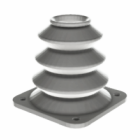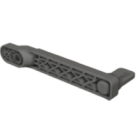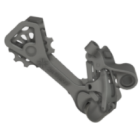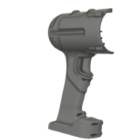Cost optimization of small batch production with SLS 3D printing
Planning small-batch production raises a lot of important questions and concerns, like the choosing best possible technology. To make a long story short, you need to find an answer to the simple question: should I choose 3D printing or rather traditional manufacturing methods? In this article, we will look at the role of SLS 3D printing in small-batch production.
The use of 3D printing, and especially SLS 3D printing is best known for the prototyping needs. In this phase of the new product development cycle, we need to check a lot of ideas, and possibilities, find the best solutions as well as solve emerging problems. But when it comes to the production phase, still a lot of companies opt for traditional methods. Is there a chance that SLS 3D printing can replace it? Let’s discuss some reasons and situations when such a change may be profitable.
Design Optimization in small batch manufacturing
If you were using SLS 3D printing for prototyping, or just considering this technology, one of the reasons you probably considered was the easiness of designing complex geometries with intricate details. Recreating them using traditional methods can be expensive. If you plan only a small batch of printed parts, sticking with SLS as not only prototyping but also production technique may be beneficial.
Remember though that simplifying designs without compromising functionality can reduce costs. This is one of the most popular design optimization processes. Another one is using hollow structures. This one is mostly reserved for SLS. As you probably know, most 3D printing techniques need supporting structures. Other ways printouts could collapse.
In SLS 3D printing the unsintered powder acts as a natural supporting structure. It doesn’t need to be used externally but can also be unsintered inside the model and then replaced after the printing job is finished. Such a hollow structure can be still as strong as a solid one, but much lighter and cheaper in production because you will use much less material.
You can also use lattice style infills to minimize the amount of material used, reducing both printing time and material cost.
Batch Printing – packing skills payoffs
You can easily raise your productivity by optimizing build volume. Arranging multiple parts in a single print job will reduce the cost per part by spreading fixed costs over a larger number of items. By increasing pack density you will receive lower costs. There are of course some rules for optimal part orientation, but we will describe them below. Now just take a look at the numbers on a graph to see how production time decreases when optimizing pack density.
Using different materials for pro small batch manufacturers
If you need to produce things made of different materials, and especially when you need only small batches, choosing traditional methods can skyrocket. This was one the problems that you will face is the need to make a lot of different molds for different parts. It was the case of Sybet, a company that creates integrated security systems for the mining industry.
While designing a portable handheld receiver (walkie-talkie) for KGHM, a mining holding that employs over 34 000 people around the world and is a leader in copper and silver production, Sybet professionals needed different types of materials like PA12 or TPU.
Using the smallest Sinterit’s SLS printer they achieved this goal. What’s more investing in Lisa paid for itself just after this one project. The potential cost of molding was nearly the same as Lisa. But with SLS 3D printer you could go for a new one. As you can see in the video below, the client was so satisfied with the project that he would accept it in this form as the final product. Just imagine using bigger and faster Lisa X for this purpose.
SLS 3D printing: How to cut down product launching costs with Sinterit Lisa printer
When choosing material for an SLS 3D printer remember that different SLS materials have varying costs. Select a material that meets the required specifications while remaining cost-effective for your application. In Sinterit’s printers, you can also experiment with your own materials or other producers’ powders – thanks to an open environment, a unique solution that in the compact SLS 3D printers sector is offered only by Sinterit.
Optimize Part Orientation
The knowledge of proper part orientation is important for at least two reasons. One of them is related to the already mentioned stacking of multiple models for one printout. But the second is about the best quality you can achieve. The way you pack models can not be made by accident. Check out the rules of orientating 3D models to minimize the need for support structures and reduce build time. This can also enhance the mechanical properties of the printed parts.
Consolidate Parts
SLS 3D printing is good for combining components. It is possible to print a part contained in another part. You can also reverse it and consolidate multiple smaller components into a single, larger part. This can reduce assembly time and decrease the overall cost. Many products are made with too many parts just because of some productional limits, which can be bypassed with SLS 3D printing.
Effortless post-processing
With SLS 3D printing you can m,inimize post-processing. As your prints may require post-processing steps, such as sanding you can make it faster with the right tools such as PHS – a multi-function Powder Handling Station.
Cleaning your products after printing may be streamlined which is important in small batch production.
Summary
The optimization strategies mentioned before are just the beginning. You should also develop a robust quality control process to catch defects early in the production cycle, reducing the likelihood of reprints and associated costs. Remember to be flexible. Utilize the flexibility of SLS printing for on-demand manufacturing. This helps avoid excess inventory costs and allows for quick adjustments to changes in market demand.
You can also ask our expert to help you find the right solution for your small-batch production needs.
